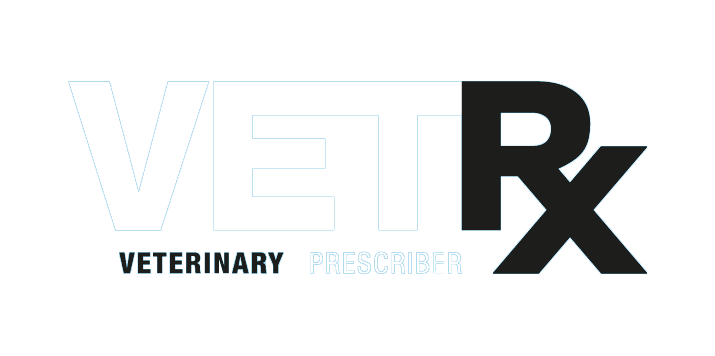Time to think about the environmental effects of medicines
Time to think about the environmental effects of medicines
One of the great things about events like the London Vet Show is the opportunity to find out about new products and ideas, not just through presentations and exhibitions but through personal meetings with people, sometimes by chance. One such chance meeting led me to find out about the organisation Vet Sustain, a movement you’ve probably already heard about that has been set up to champion sustainability in the veterinary profession.
Medicines use is a key area of focus for thinking about sustainability and impact on the environment. Drugs and their metabolites can end up in water through excretion, disposal or (in the case of topicals) by washing off the animal’s body; antimicrobials can promote antimicrobial resistance; and there’s also the physical waste, some of which is plastic and might be considerable (think of the large plastic containers supplied to farms).
There are probably three main areas where action can be taken to improve sustainability in relation to veterinary medicines: regulation, veterinary professionals, and animal owners.
There are already international rules (that have effect in the UK through European regulations) that require the environmental impact of new veterinary medicines to be considered – but only to a certain extent. Companies applying to market veterinary medicines for food-producing animals are required to consider the fate and behaviour of the product in soil, water and dung, the effects on aquatic organisms and the effects on other non-target organisms. Medicines for non-food-producing animals are generally exempt from the need for environmental assessment. For spot-on products (for which the risk of environmental contamination is a more obvious consideration) it is sufficient to include a mitigating statement in the product information, for example warning users that dogs should not enter water courses for a certain number of days after application. However there is evidence that these warnings to do not accurately reflect the period over which the product can wash off, and also the density and complexity of package leaflets makes it unlikely that pet owners see the warnings. Other areas not covered by medicines regulations are the environmental effects of manufacturing processes and physical waste from packaging etc.
Changes made in veterinary practice that will benefit the environment are also likely to have a beneficial effect on patients and be good for business. For example, making product choices that result in less waste and using evidence to identify ineffective or unecessary treatments. Good dispensary management will avoid overstocking and reduce waste from out of date stock. Of course there might be some dilemmas. For example, the drive by some to get pets on year-round blanket parasiticide protection might need a rethink to try to get a balanced approach that takes into consideration the effects on the environment.
Finally, there are the pet owners, who buy non-prescription medicines, who sometimes pressurise vets to prescribe, who might use spot ons incorrectly and dispose of unwanted medicines inappropriately. Education of pet owners is needed so that they can play their part.
Vet Sustain’s vision is for the veterinary profession to be a leading force for sustainability by informing and inspiring veterinary professionals. Visit the Vet Sustain website to find out more.
Andrea Tarr, Founder and Director, Veterinary Prescriber
You might also like to read:
Health and the environment – do we need to choose between them?
Information for pet owners is stuck in the dark ages.
Towards more rational use of parasiticides – but how?
Our purpose...
......is to provide busy veterinary professionals with impartial information on veterinary medicines with which to make treatment decisions in the best interests of animals, their owners and the environment. We mainly do this through the Virtual Veterinary Medicines Academy where our evidence-based peer-reviewed appraisals are the result of a rigorous research and editorial process and are presented succinctly in our multi-media CPD modules. We’re independent: we don’t sell ads, or receive commercial support. We’re funded by subscribers so you can be sure the information we provide is completely objective. Subscribers get unlimited access to the Virtual Veterinary Medicines Academy.
